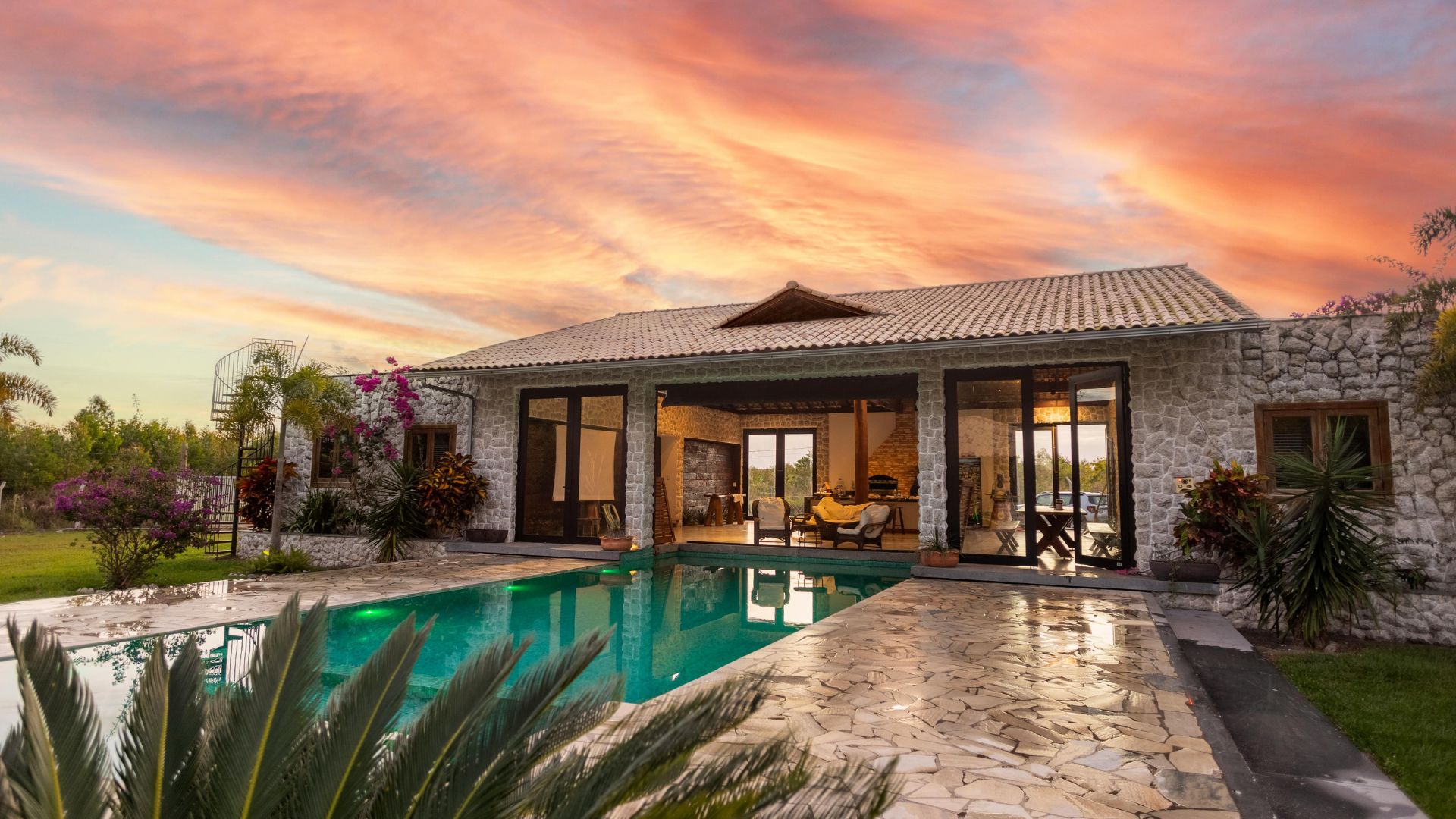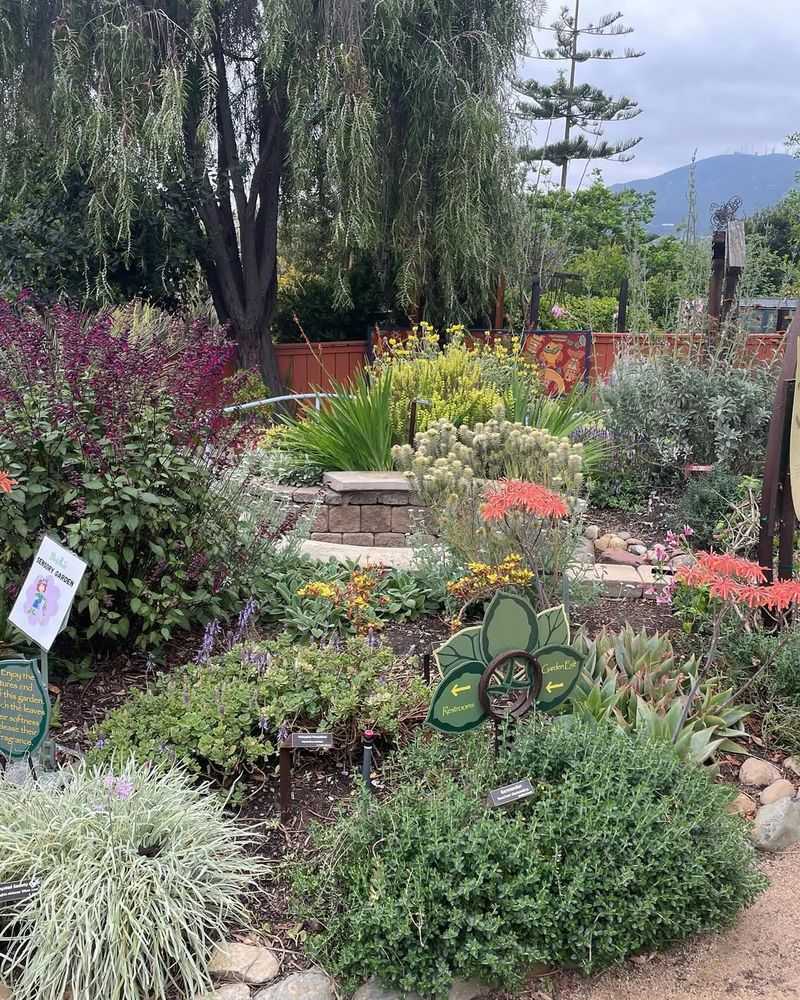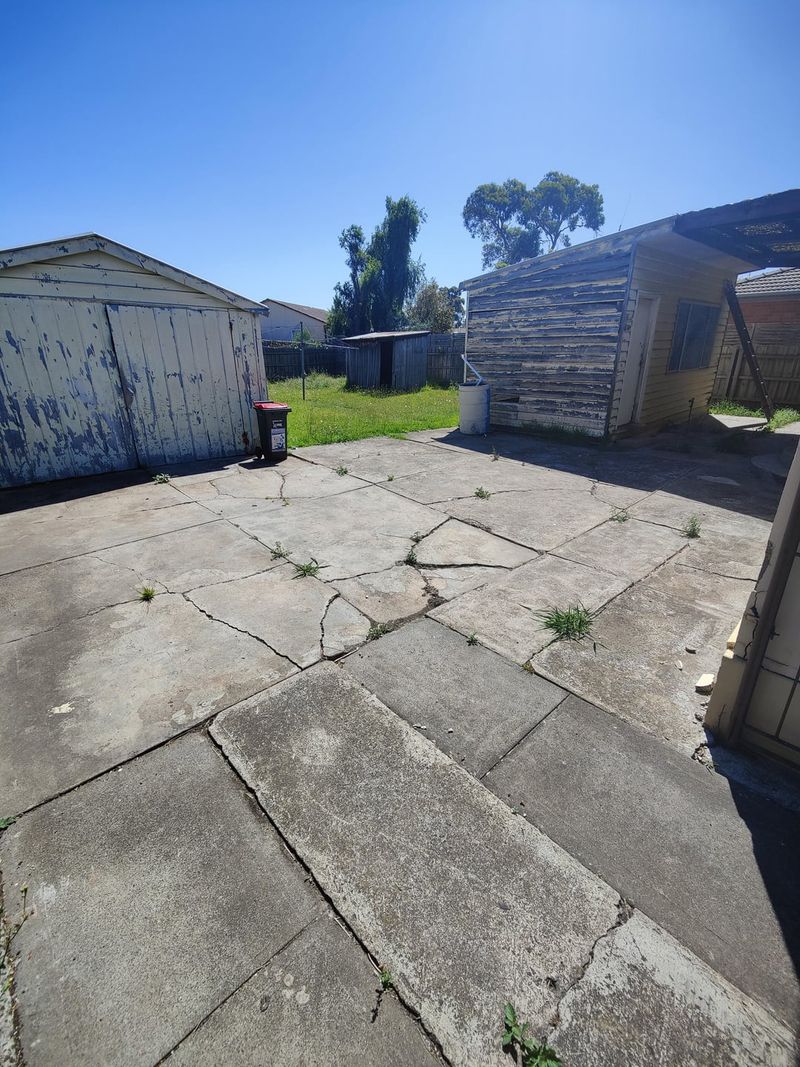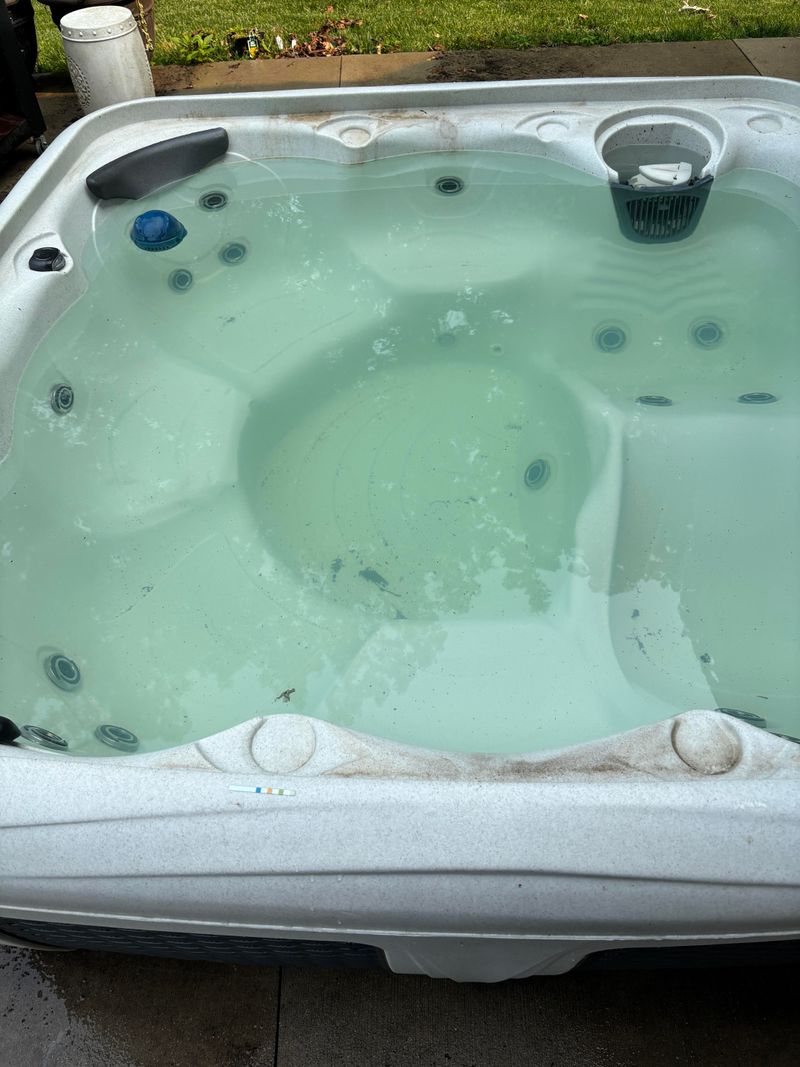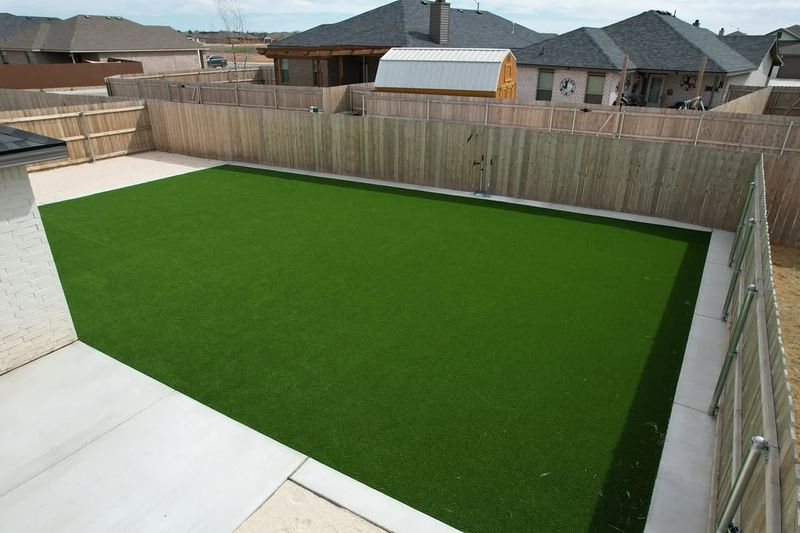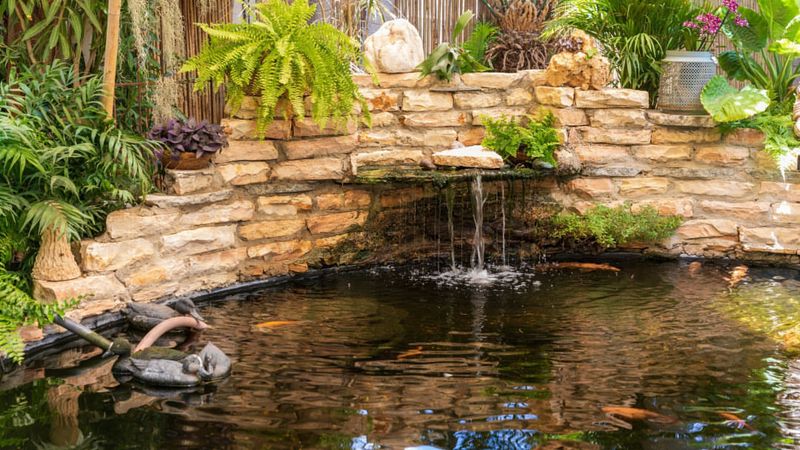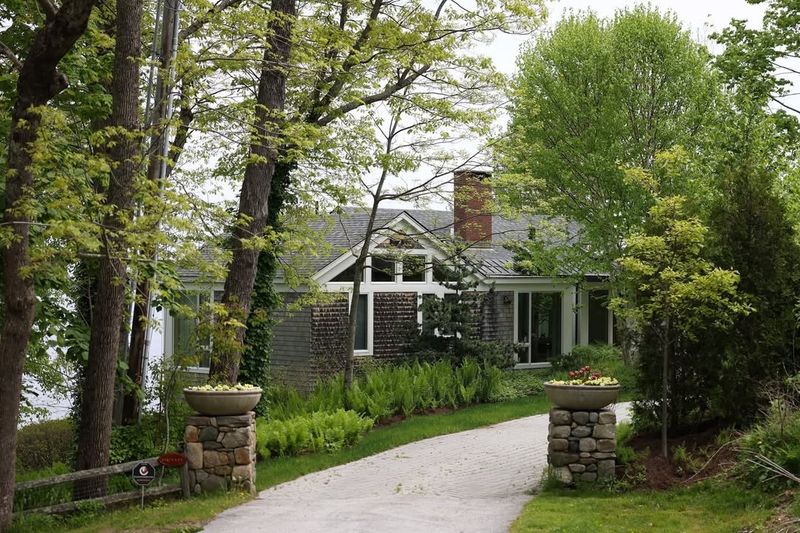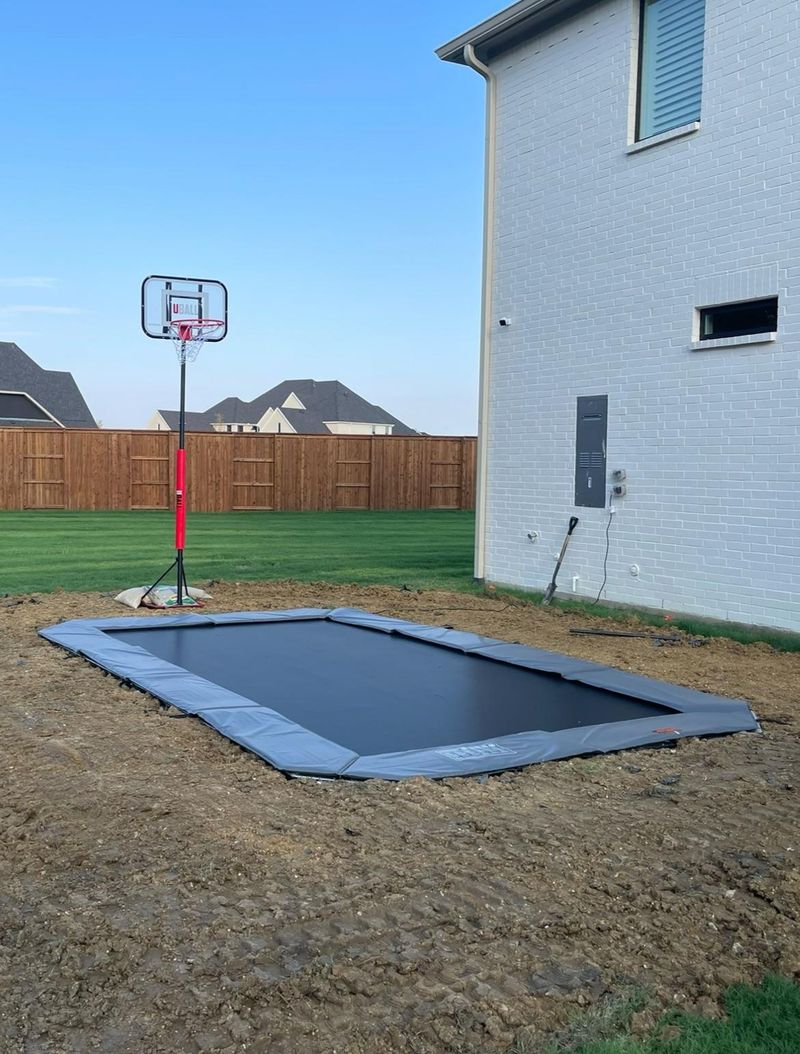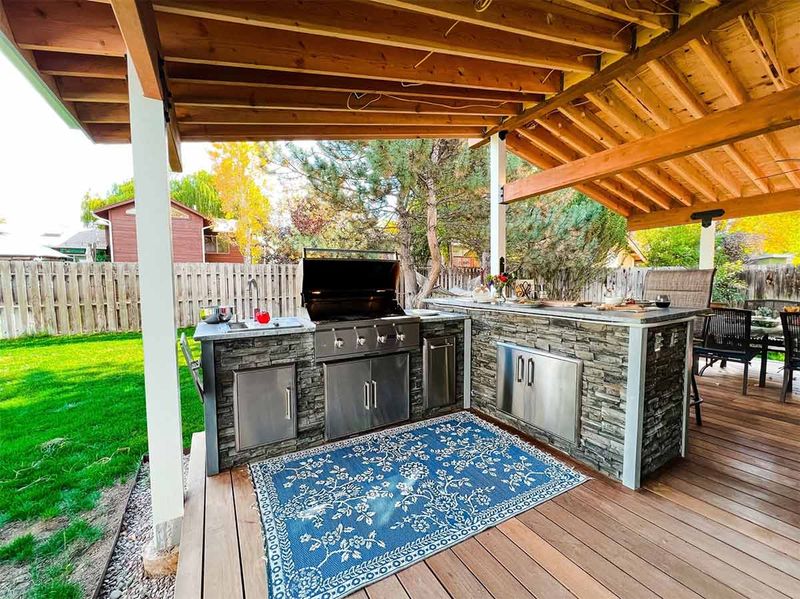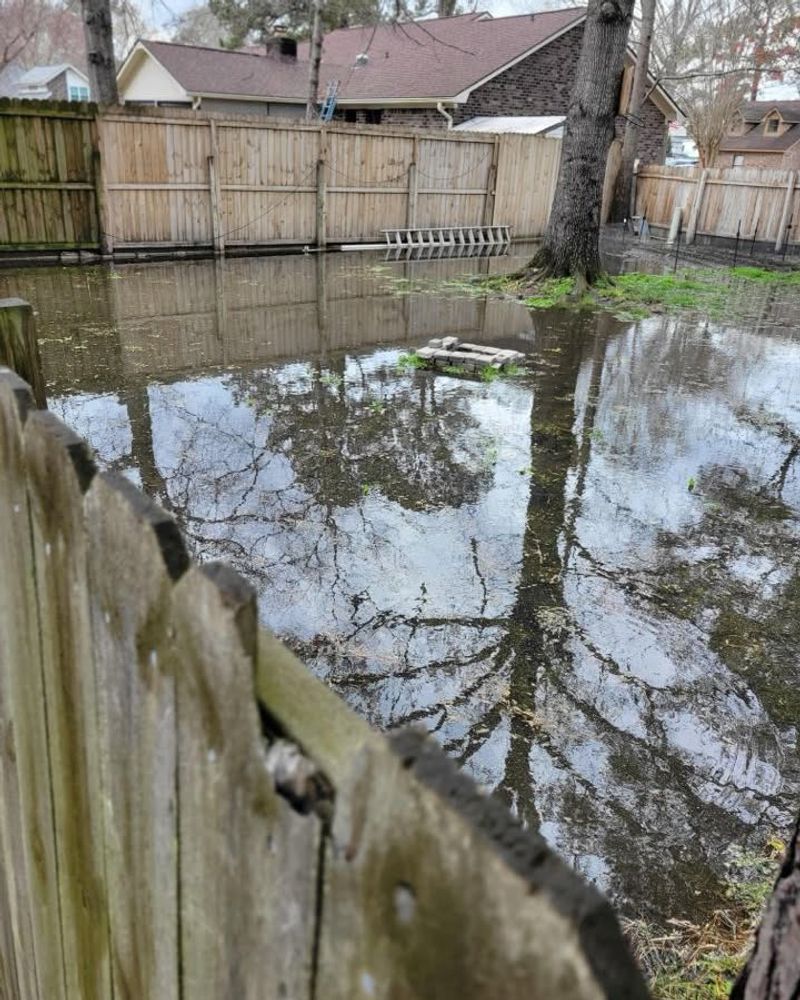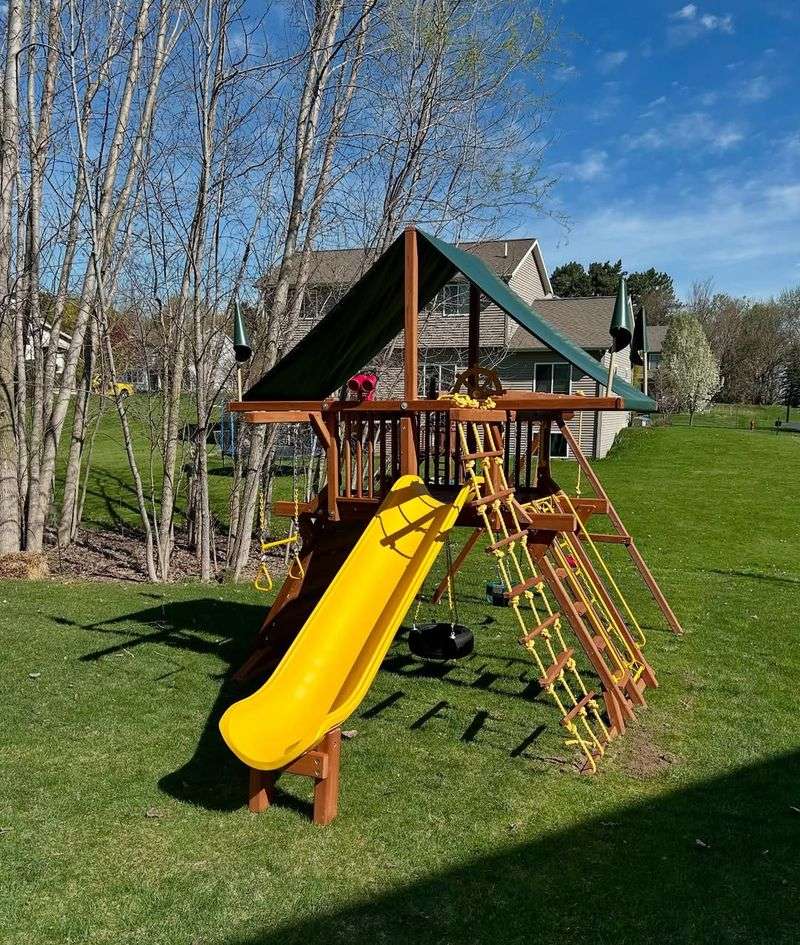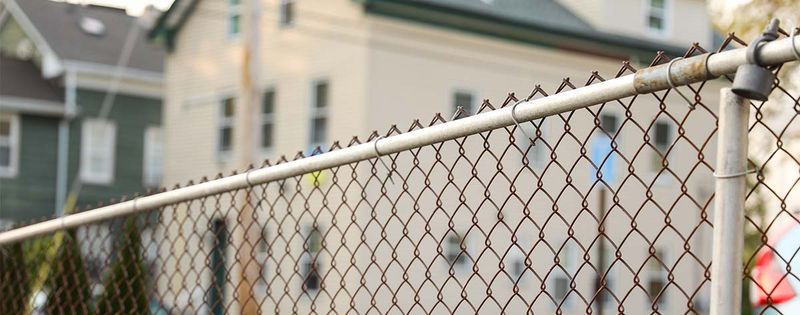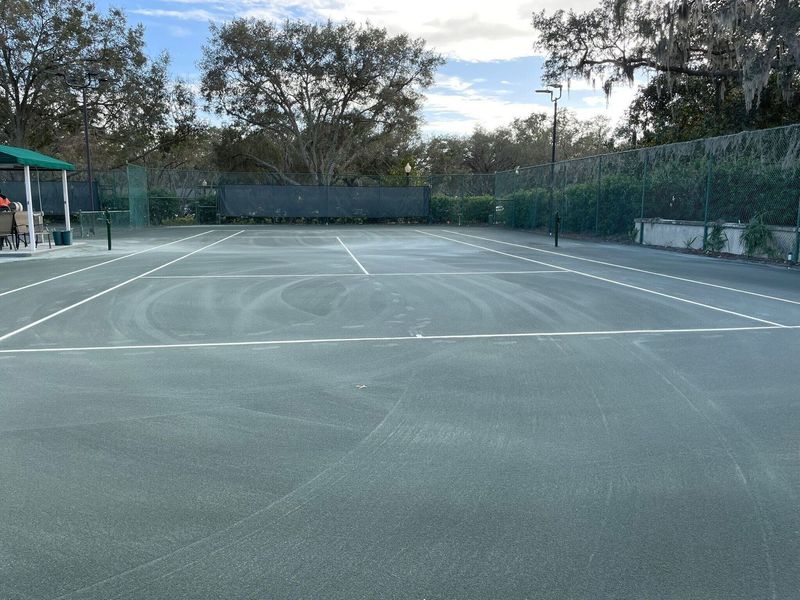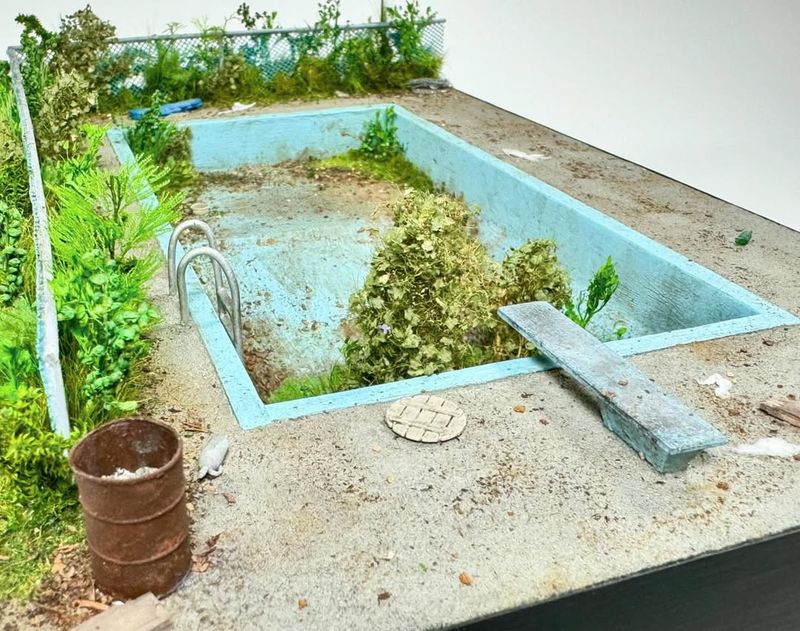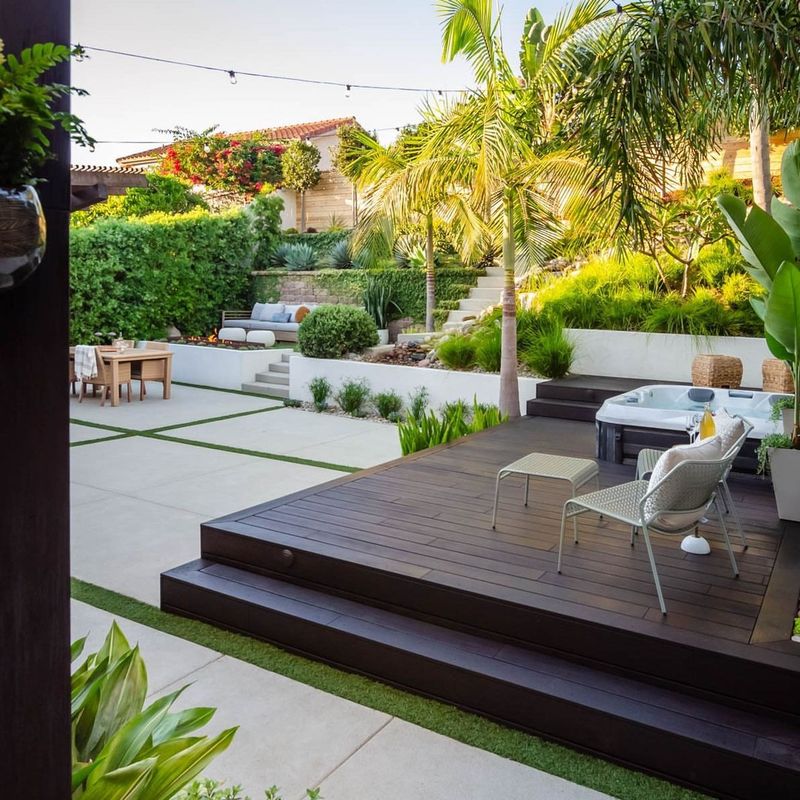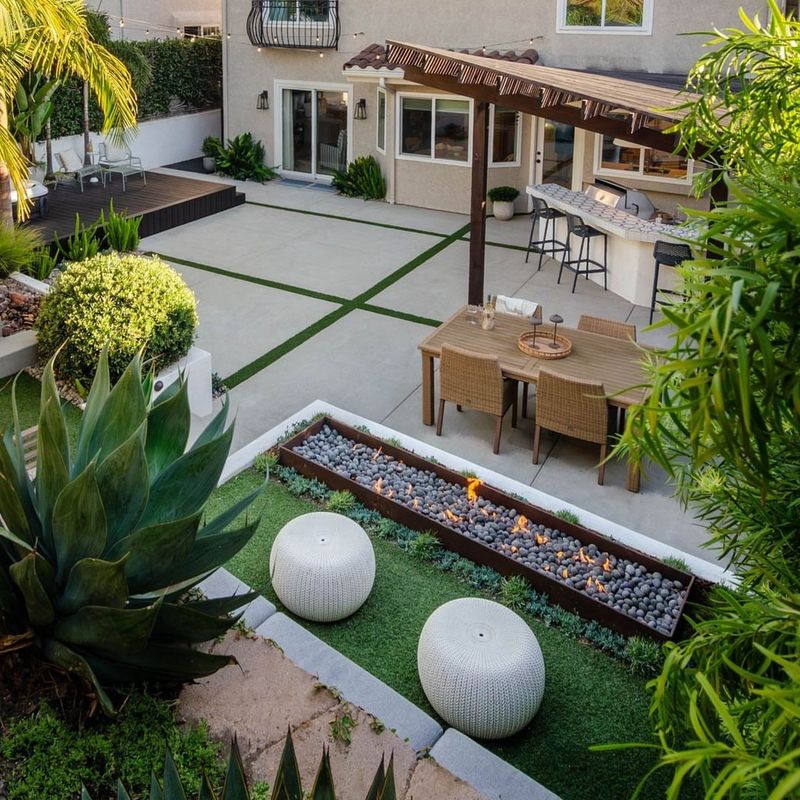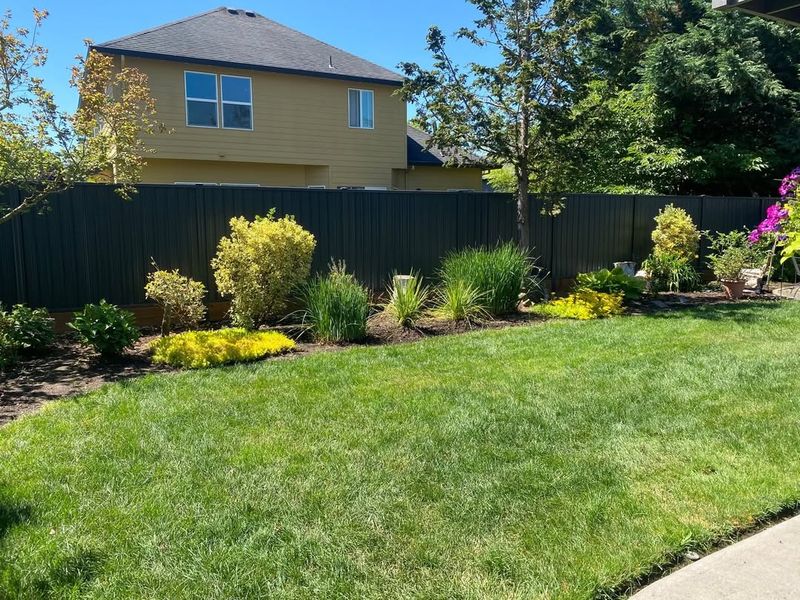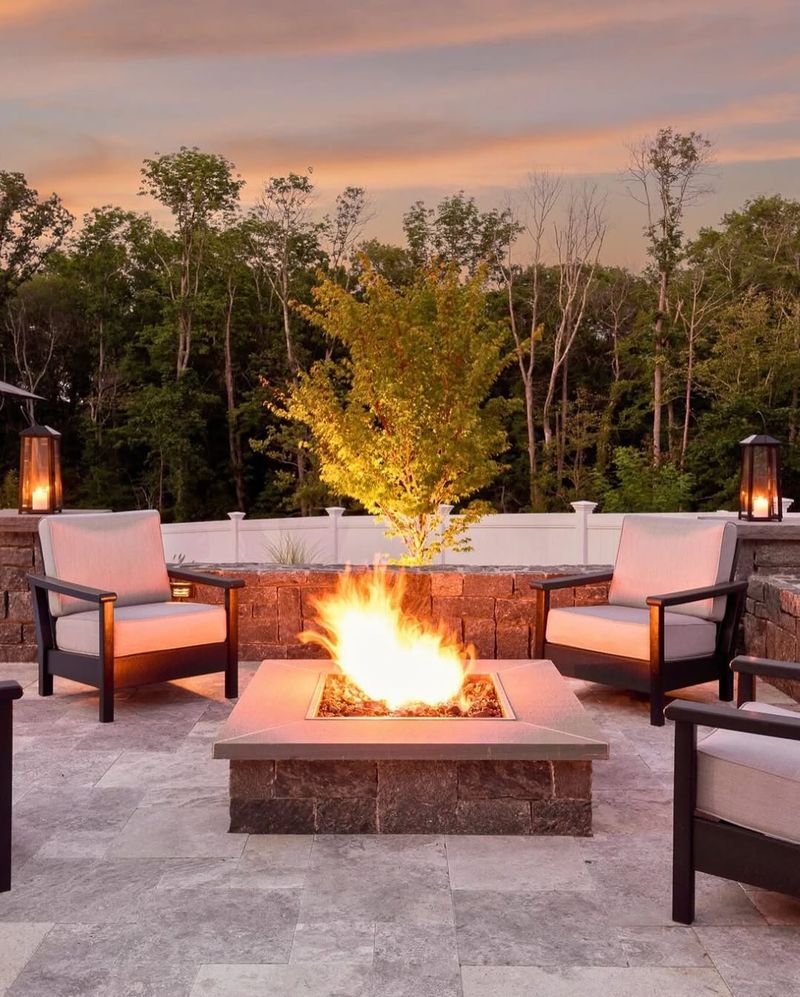Your backyard should be a place to unwind—but if you’re thinking about resale, it’s also something buyers will look at closely. I’ve learned that not all outdoor upgrades add value, and some might even scare people off.
From high-maintenance features to overly personalized touches, certain additions can actually work against you. It’s worth knowing what to avoid before sinking time and money into a project.
On the flip side, a few smart updates can make your yard feel like a true extension of the home. Let’s look at which choices help your home shine—and which ones quietly lower its appeal.
1. Above-Ground Swimming Pools
While they’re less expensive than in-ground options, above-ground pools scream ‘temporary’ to potential buyers. Many see them as eyesores that require maintenance without adding lasting value.
Removal before selling is often your best bet. The vinyl liners typically need replacement every 7-10 years, and buyers calculate these future costs when making offers.
I’ve shown homes where buyers immediately started discussing removal costs upon seeing an above-ground pool, mentally deducting thousands from their offer price before even entering the house.
2. Overly Personalized Landscaping
Gardens that reflect extremely specific tastes—like elaborate fairy gardens or zombie-themed plant arrangements—can alienate buyers who don’t share your aesthetic preferences.
Potential homeowners often envision how much work it will take to remove or replace unusual landscaping. The more specialized your garden, the smaller your potential buyer pool becomes.
Remember that buyers want to imagine themselves in the space, not feel like they’re inheriting someone else’s peculiar vision.
3. DIY Concrete Work
Amateur concrete projects rarely age well. Uneven patios, cracked walkways, and poorly finished surfaces create immediate safety concerns and aesthetic problems for prospective buyers.
These projects often develop drainage issues, leading to water pooling or foundation problems. Professional repairs can be costly, and buyers factor these expenses into their offers.
A neighbor of mine tried selling his home after installing a homemade concrete patio. Every showing led to discussions about removal costs rather than the home’s positive features.
4. Neglected Hot Tubs
A hot tub that’s seen better days signals ongoing maintenance headaches. Cracked shells, outdated jets, and worn covers make buyers think about replacement costs rather than relaxing soaks.
The energy costs associated with older models also raise eyebrows. Modern buyers are increasingly conscious of utility expenses and may see an aging hot tub as an energy vampire.
If your hot tub is more than 10 years old, consider removing it entirely before listing your home rather than letting it detract from your property’s appeal.
5. Artificial Turf Overload
Covering large areas with artificial grass can backfire in resale value. While it seems low-maintenance, quality turf is expensive to install and eventually needs replacement as it fades and deteriorates.
Many homebuyers worry about chemical exposure, excessive heat retention during summer, and drainage problems. The environmental concerns alone can turn away eco-conscious buyers.
Limited use of artificial turf in specific problem areas makes sense, but wall-to-wall synthetic grass often creates more problems than it solves for future homeowners.
6. Elaborate Water Features
Complex fountains, large koi ponds, and multi-tiered waterfalls often represent maintenance nightmares to potential buyers. Pump failures, liner replacements, and seasonal care requirements translate to time and money.
Water features can also raise safety concerns for families with young children. Insurance companies sometimes charge higher premiums for properties with certain water elements, affecting a buyer’s monthly costs.
If you’ve invested in an elaborate water feature, consider simplifying it before selling or be prepared for buyers to factor removal costs into their offers.
7. Excessive Shade Trees
Too many large trees close to the house create legitimate concerns about foundation damage, roof problems from falling branches, and excessive shade that promotes moss growth and moisture issues.
Dense tree coverage can prevent grass from growing, creating bare patches throughout the yard. Root systems may interfere with underground utilities, sewage lines, and drainage systems.
Strategic placement of a few healthy trees adds value, but an overcrowded canopy makes buyers nervous about potential problems hiding in the shadows.
8. Built-In Trampolines
Despite seeming like a clever solution, in-ground trampolines create drainage problems and collect debris that’s difficult to clean. The surrounding pit becomes a maintenance challenge as edges erode and weeds take over.
Safety concerns persist even with ground-level installations. Many homebuyers with young children or elderly family members see trampolines as liability risks rather than recreational assets.
From a real estate perspective, I’ve watched buyers mentally calculate removal costs as soon as they spot a built-in trampoline, immediately reducing what they’re willing to offer.
9. Outdoor Kitchens In Wrong Climates
Elaborate outdoor cooking areas make little sense in regions with short outdoor seasons. Expensive built-in appliances exposed to harsh weather deteriorate quickly in areas with heavy rainfall, snow, or extreme temperature fluctuations.
Even with covers, weather damage is inevitable without proper climate considerations. Potential buyers calculate replacement costs when they see weather-beaten outdoor kitchens.
The return on investment for outdoor kitchens varies dramatically by region—what adds value in Southern California might detract from it in Minnesota.
10. Invasive Plant Species
Bamboo might create a lovely privacy screen, but many varieties spread aggressively underground, damaging foundations and invading neighboring properties. Other invasive plants like English ivy and certain wisteria varieties create similar problems.
Removing established invasive plants often requires professional intervention and can cost thousands. Environmentally conscious buyers particularly avoid properties with known invasive species.
Some municipalities now have regulations requiring removal of certain invasive plants, creating potential legal obligations for new homeowners that decrease property desirability.
11. Inadequate Drainage Solutions
Standing water after rainfall signals serious problems to potential buyers. Poorly designed slopes, inadequate gutters, or amateur drainage attempts create conditions for foundation damage and basement flooding.
Water issues often lead to mosquito breeding grounds in warmer months. No buyer wants to inherit a backyard that becomes unusable after every rainfall.
Fixing drainage problems before listing is essential—few things scare away buyers faster than seeing puddles throughout a yard during showings.
12. Oversized Play Structures
Massive wooden playsets dominating the yard limit a property’s appeal to families without young children. These structures often show visible weathering and may present safety hazards if not properly maintained.
Removal is expensive and leaves bare patches where grass doesn’t grow. The footprint of large play equipment often prevents other valuable uses of limited yard space.
Buyers frequently view permanent play structures as items they’ll need to deal with rather than assets they’re excited to acquire with the property.
13. Outdated Or Deteriorating Fencing
Chain-link fencing creates an institutional feel that many modern buyers reject outright. Wooden fences with warped boards, missing sections, or peeling paint suggest neglected maintenance throughout the property.
Fence issues often involve boundary questions that make buyers nervous. Misaligned fencing that doesn’t follow property lines can create legal headaches for new owners.
The wrong fencing style for a neighborhood’s aesthetic can make even an otherwise lovely home feel out of place, affecting buyer interest and comparative value.
14. Over-The-Top Sports Courts
Full-sized basketball or tennis courts consume enormous amounts of usable yard space. The specialized surfaces require maintenance and eventually deteriorate, creating eyesores and future expenses.
Many families prefer multipurpose yard space they can adapt to changing needs. Sport-specific installations appeal to a limited buyer segment, reducing your potential market.
Unless you’re in a luxury market where such amenities are expected, large sports courts rarely return their installation investment and may actually detract from broad market appeal.
15. Neglected Swimming Pools
A pool with cracked concrete, outdated equipment, or stained surfaces broadcasts expensive repairs to potential buyers. Green water, damaged liners, or rusting components suggest thousands in immediate costs.
Safety concerns multiply with neglected pools, particularly regarding outdated covers, broken ladders, or non-compliant fencing. Modern buyers often research pool safety requirements before considering such properties.
Having shown dozens of homes with pools, I’ve noticed buyers are increasingly sophisticated about estimating renovation costs—they’ll mentally deduct $15,000-$30,000 from their offer when they spot significant pool issues.
16. Professional Landscaping
Well-designed, low-maintenance landscaping creates instant curb appeal and suggests the entire property has been thoughtfully maintained. Native plants requiring minimal water create both aesthetic and practical advantages in most markets.
Mature, healthy plantings properly spaced from the house provide immediate benefits without future headaches. Strategic landscaping that highlights the property’s best features can transform an ordinary yard into a standout.
The right balance of hardscape and greenery signals to buyers that they’re purchasing a ready-to-enjoy outdoor space rather than inheriting a weekend project list.
17. Modern Outdoor Living Space
A well-designed deck or patio that effectively extends the home’s living area adds measurable value. Simple, clean designs with durable materials require minimal maintenance while maximizing functionality.
Thoughtful lighting transforms these spaces into evening retreats. Strategic placement near kitchen or living areas creates natural flow between indoor and outdoor spaces.
During summer showings, I’ve watched buyers’ expressions light up when they discover a perfect outdoor entertaining space—it often becomes the feature that emotionally connects them to a property.
18. Privacy Features
Strategic privacy elements like lattice screens, carefully placed trees, or modern fencing consistently rank high on buyer wish lists. These features create usable outdoor rooms without the claustrophobic feel of solid barriers.
Privacy solutions that maintain light and air flow while blocking unwanted views add perceived square footage to the property. The sense of seclusion in urban or suburban settings commands premium pricing.
Well-executed privacy features should blend naturally with the landscape rather than calling attention to themselves as obvious screens.
19. Fire Features
Simple, well-constructed fire pits or fireplaces create year-round outdoor enjoyment possibilities. These features extend the usable season of outdoor spaces in many climates, effectively adding months of functionality.
Fire elements create natural gathering spots that help buyers envision making memories in the space. Gas-powered options offer convenience while avoiding smoke concerns that might otherwise limit appeal.
Unlike many outdoor trends that quickly feel dated, tasteful fire features have demonstrated staying power in the real estate market, consistently appearing in listings for homes commanding premium prices.

